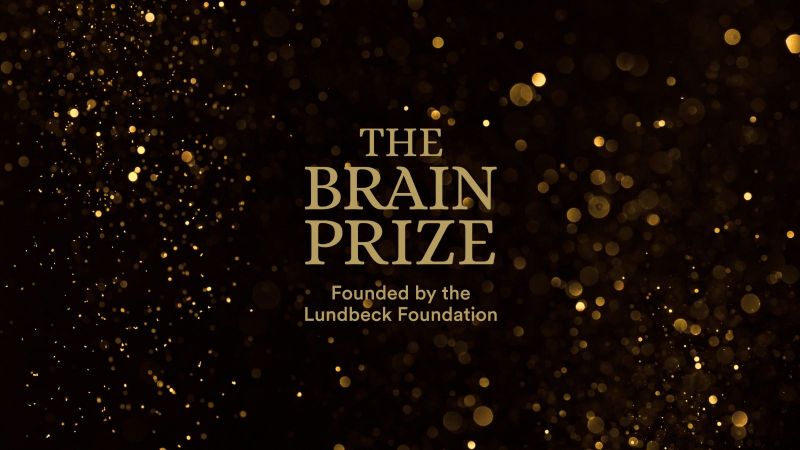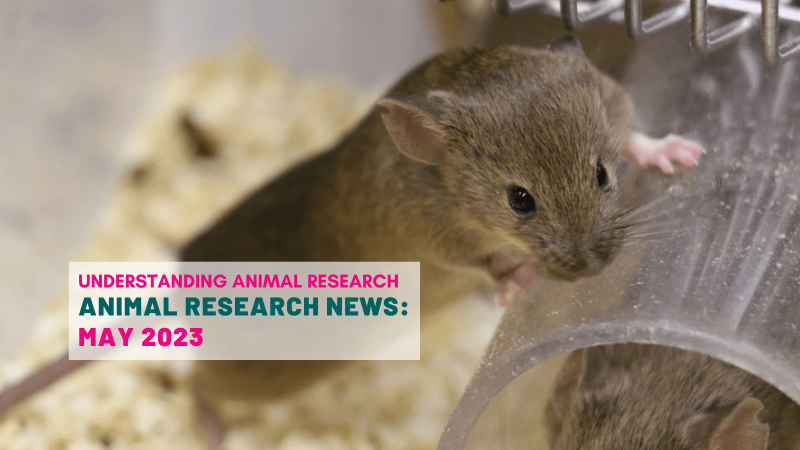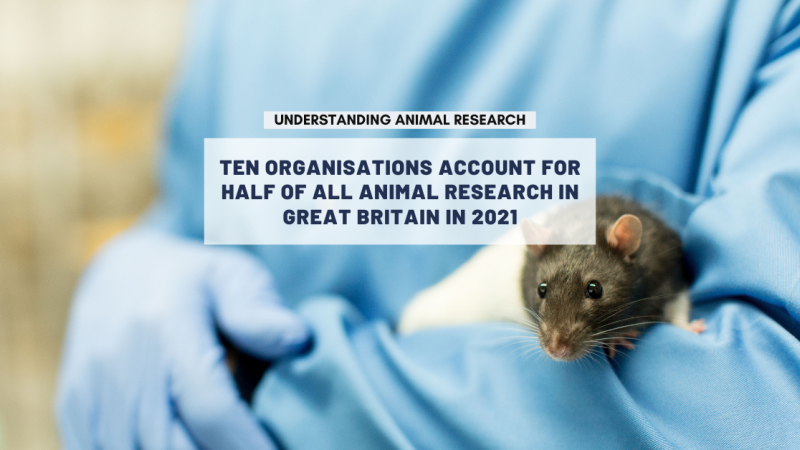
Written by Dr Debora Bogani, Head of Scientific Communications, Mary Lyon Centre at MRC Harwell and MRC National Mouse Genetics Network.
Researchers are looking for new treatments to increase children’s survival rates from neuroblastoma, a rare solid tumour of young children, and to provide treatments with less severe side effects.
Neuroblastoma forms in developing nerves. Around 100 children in the UK are diagnosed with the condition each year. Of these, around 30 are diagnosed with low-risk neuroblastoma and are cured, typically by surgery to remove a single solid tumour. A further 20 children are diagnosed with intermediate-risk neuroblastoma and over 80% are cured of their disease, usually being treated with a period of chemotherapy.
Around 50 children a year are diagnosed with high-risk neuroblastoma tumours, however, and this group receive very intensive combinations of treatments, including surgery, radiotherapy, chemotherapy (including high-dose chemotherapy) and differentiating therapy/ immunotherapy. This treatment is debilitating and has many long-term side effects that are disabling. Despite this treatment, only about 50% of these children survive.
New approaches are urgently needed to tackle this condition. Mouse models that mimic childhood cancers have played, and still play, a key role in the research that aims to deliver those new approaches. Mice have been modified to develop neuroblastoma so that the underlying growth patterns and treatment sensitivity of this cancer can be better understood. This has led to new medicines reaching experimental clinical trials in children. Before the medicines reach children, mice are also used to test the safety treatments and to work out suitable doses for treatment.
Genetically modified mice have become one of the most promising avenues of research for neuroblastoma and other cancers. These ‘mutant’ mice are bred after non-animal studies have identified the genes and biological processes involved in the specific cancers and only at the point at which the need to work on a whole organism, as similar as possible to humans, becomes the only way to progress our understanding and the possible therapies that could be used. The mice develop tumours in a similar way to children and they are regularly assessed for the size of those tumours and their general welfare. The work can only be done under licence from the Home Office and that licence specifies the exact point at which the animal needs to be put down to avoid suffering. Tumours in mice models must never exceed 10mm, which should be too small to cause pain, and the animals should never show signs of distress.
Like many other cancers, neuroblastomas are partly caused by changes or mutations in genes that usually drive normal development. In the case of neuroblastoma these genes control the development of nerve cells. The mutations produce excessive amounts of proteins that, when present in developing nerves, drive cancerous growth. Silencing or blocking these cancer proteins with medicines that attack only these proteins, and not normal nerves or other tissues, can slow or stop the cancer, ideally with very few side effects in a child.
In neuroblastoma, mutations in two proteins called ALK and MYCN cause tumours to grow, starting very early in development in the womb. In 2012, genetically engineered mouse models were created that mimic neuroblastoma caused by mutations in ALK or very high levels of MYCN. Since 2012, these mouse models have revealed new ways of targeting both proteins with medicines and have become essential to the field. Several medicines targeting neuroblastoma and other childhood cancers driven by similar changes in ALK or MYCN proteins (such as the childhood brain tumour medulloblastoma, the muscle tumour rhabdomyosarcoma, and certain forms of leukaemia) have been identified and moved into clinical trials with the help of the genetically modified mouse models.
Both genetically engineered mouse models and similar models grown from human biopsy tissues implanted into mice have been used to develop these treatments. The availability of these mice has allowed scientists to narrow down the number of drugs that need to be tested on patients. This is especially critical for very rare diseases like neuroblastoma where finding suitable groups of patients to test new medicines requires an international effort. Without genetically engineered mice, the same work could have taken many years.
In this paper, for example, the drug Lorlatinib, an inhibitor of ALK protein, was identified as most effective against neuroblastoma when ALK is mutated: The ALK inhibitor PF-06463922 is effective as a single agent in neuroblastoma driven by expression of ALK and MYCN, J Guan et. all, 2016.
“ … single agent administration of PF-06463922 caused dramatic tumour inhibition in both subcutaneous and orthotopic xenografts as well as a mouse model of high-risk neuroblastoma driven by Th-ALK(F1174L)/MYCN.”
More recently, based on several publications about the effectiveness of Lorlatinib in neuroblastoma, researchers have conducted a number of clinical trials of ALK inhibitors and, most recently, an international phase I and phase II trial between the USA, UK and Europe, that reported very substantial clinical responses in some patients, extension of survival in many, and cures in some.
These results were reported in the journal Nature Medicine and were significant enough to recommend that we should “support Lorlatinib’s rapid translation into active phase 3 trials for patients with newly diagnosed high-risk, ALK-driven neuroblastoma”.
The treatment was not without side effects, but these were mild and the drug was very well tolerated by patients, especially when compared with the chemotherapy regime normally used in those patients.
Building on this success, it is hoped that the phase III international trial of Lorlatinib added to standard chemotherapy (a randomised trial) will have an increased effect large enough to formally recommend this drug to be approved for treatment of children with neuroblastoma. This is very significant because it would represent only the third cancer treatment to be approved directly for use in children in this way – most cancer treatments for children are based on medicines that have first been developed for adults, and there can be delays of many years before they can be approved as safe for younger patients.
The next step for the treatment of children (and cancer patients in general) with mutations in ALK and other cancer drivers is to devise ways of sidestepping the resistance to these drugs that is encountered when the protein target of the drug mutates and changes to remove the ability of the drug to bind with the target.
Two rapidly developing and very significant approaches involve drugs that degrade and remove the cancer protein entirely, and the engineering of normal immune cells to attack cancers by binding to proteins that are present on the surface of cancer cells. Scientists at the Institute of Cancer Research and their collaborators have developed degrader drugs that completely remove ALK protein, even if it has acquired drug-inactivating mutations, and also we have developed cancer-targeted T-cells (CAR-T) that are controlled by degrader drugs.
To enable the delivery of both classes of new drugs to children, researchers will need to measure the therapeutic action of these drugs and that will require new mouse models. Without these new models, there will be no way to properly understand how these new drug technologies work before testing them in children through clinical trials, and it will make setting up such trials much harder.
We hope that the ongoing phase III trial of Lorlatinib is successful. Meanwhile, research with mice and with other non-animal methods continues to be essential for the development of new cancer drugs for children, to improve existing treatments for this and other diseases, and to discover new ways to reduce the lifelong, debilitating and intellectually disabling side effects of chemotherapies on children.
More resources
A parent’s guide to neuroblastoma (PDF)
Last edited: 29 July 2024 16:08



